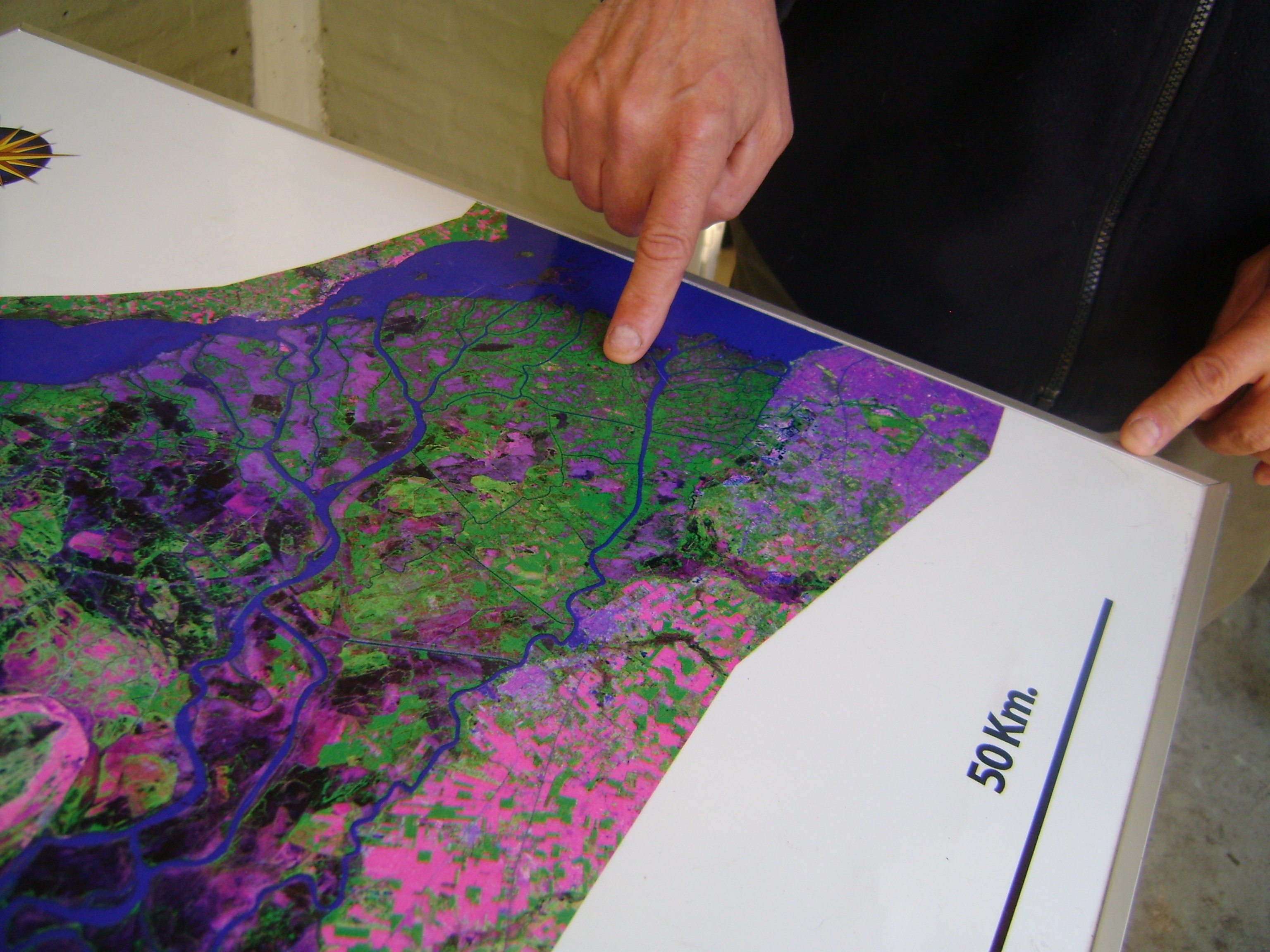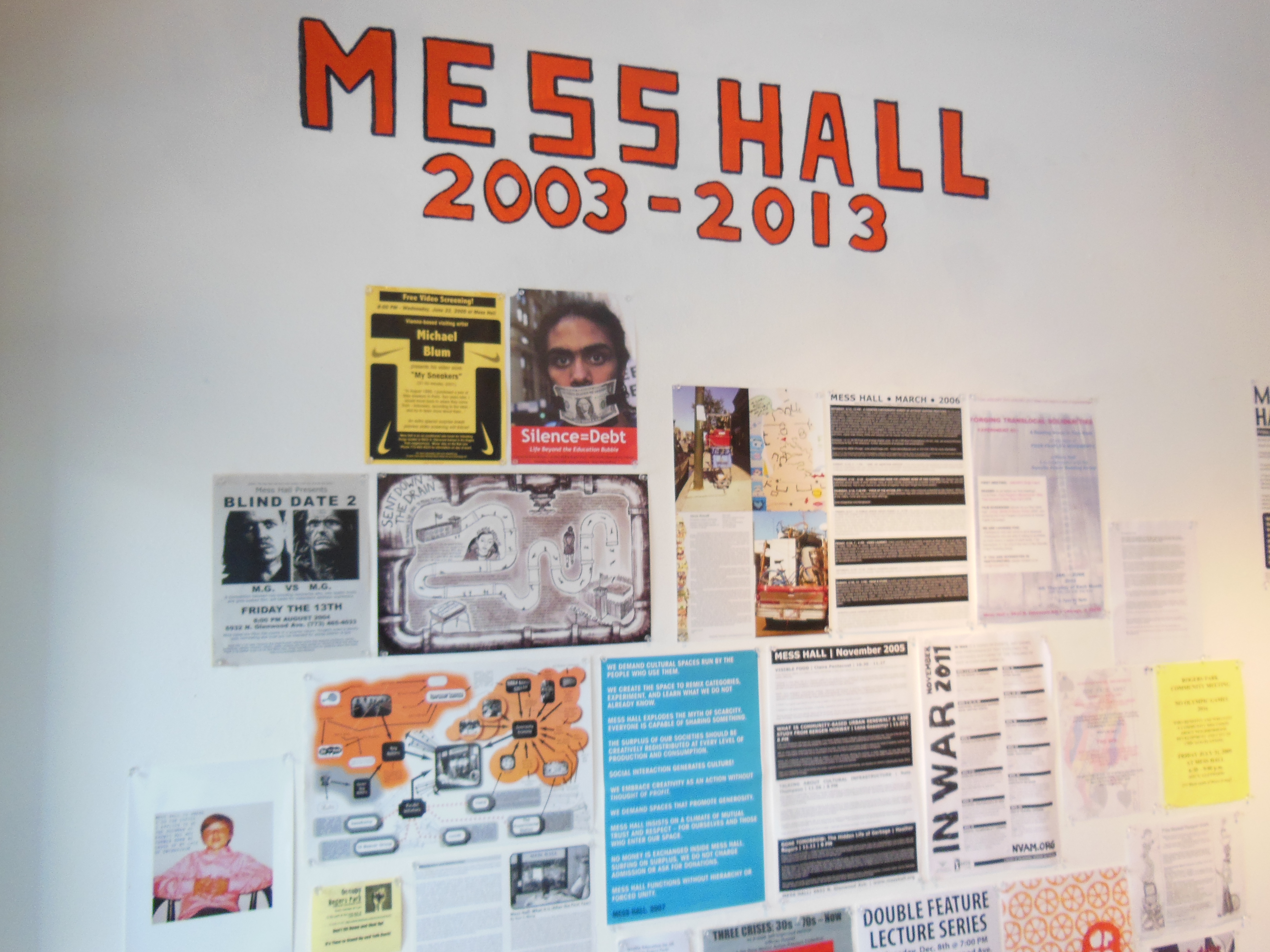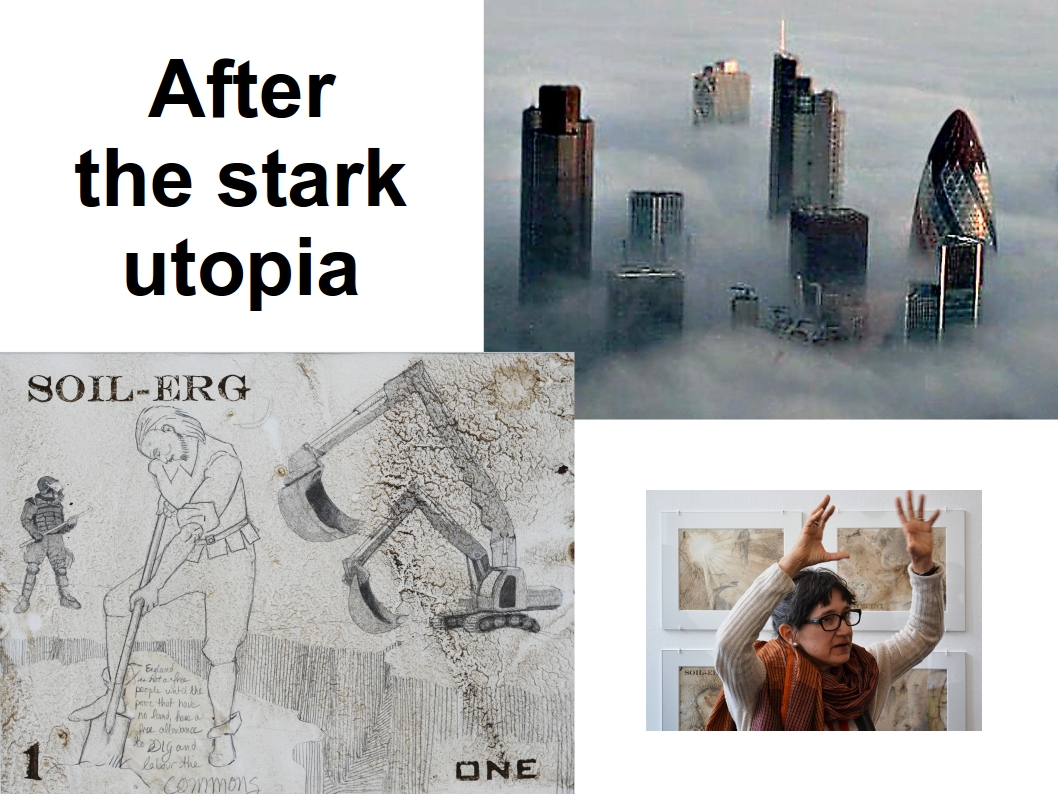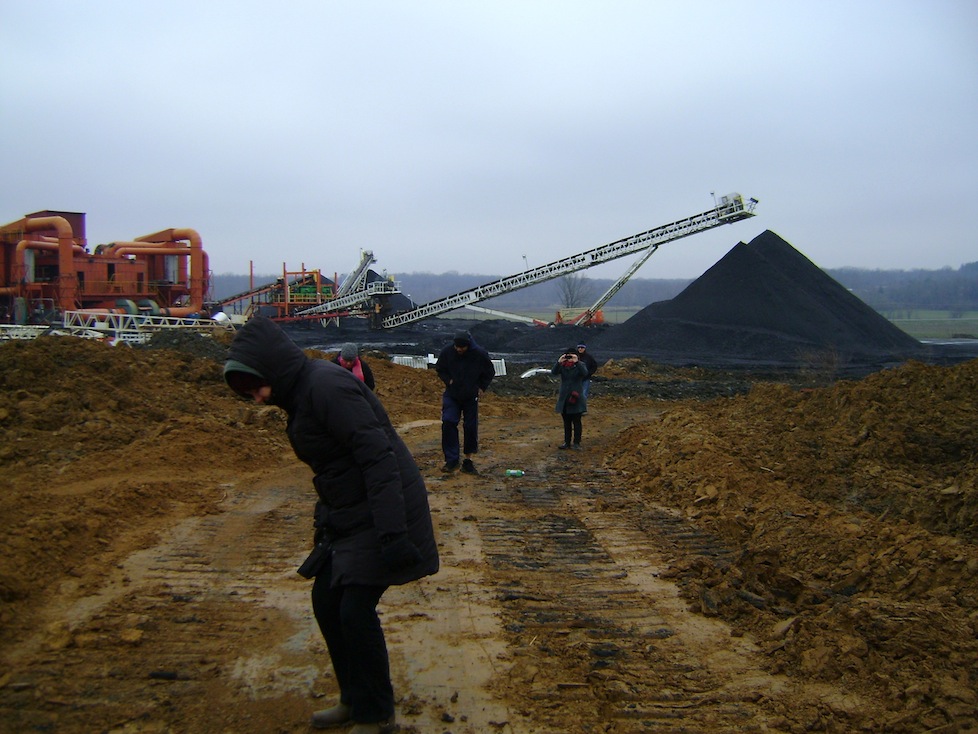Fiscal Year 2014 Annual Alternative Report
 Chicago Torture Justice Participatory Memorial
Chicago Torture Justice Participatory Memorial
read the full report
Dear Colleagues, Comrades, and Collaborators,
This introduction was written the day after the Grand Jury in Missouri failed to indict police officer Darren Wilson for the murder of Ferguson resident Michael Brown. Cities across the U.S. are erupting with expressions of raw and powerful emotions. We come together, yet again, in cultural and community centers, park houses and student unions, and other public spaces to talk, teach and feel with each other about the loss of yet another young Black life. Once again, we confront the national insanity of white supremacy and its institutionalization in a system of governance that depends on the uneven distribution of life chances.
Our daily political landscape is often rife with contradiction. The dizzying speed with which these contradictory moments unfold, where gains are often measured against profound loss, can be overwhelming: How do we remain alert to each new set of specifics, while also gaining a better understanding of the structures that penetrate and shape these events, the links between these events and the conditions of ordinary life, and the tactical opportunities each presents to forge new solidarities on the basis of our shared desire to re-make the world from the ground up? How do we respond to emerging events, often framed for us as “crises,” and remain committed to a process of careful and complete analysis of our collective situation? It’s the radical potential of collective praxis, its becomings and openings, that keeps us going. Committing to imagination and engagement seems like the only path away from despair.
This First Annual Alternative IDOC/IDFL report, chronicles work people in Illinois have done in 2014. Our collective labors stopped jail expansion in Urbana, supported people while inside and after release, fought for meaningful legislation to curb increased punishment, organized internationally against police violence, and worked hard to stop people from getting locked up.
By no means is this report exhaustive. Across Illinois many other groups – formal and informal – continue to push back.
To create this report, we asked Illinois based organizations and collectives to submit materials produced for an action, a project, an event, or a campaign in 2014. Every year the IDOC pumps out a report about how successful they are with our tax dollars. This year we want to celebrate our collective work to end our nation’s over reliance on policing, imprisonment and punishment and to acknowledge our shared desire to support people/ourselves inside/after release, to fight for self-determination and community control over the terms of “public safety,” and to forge a future free from the logics of incarceration.
with revolutionary love,
Erica Meiners & Amy Partridge
for P+NAP





